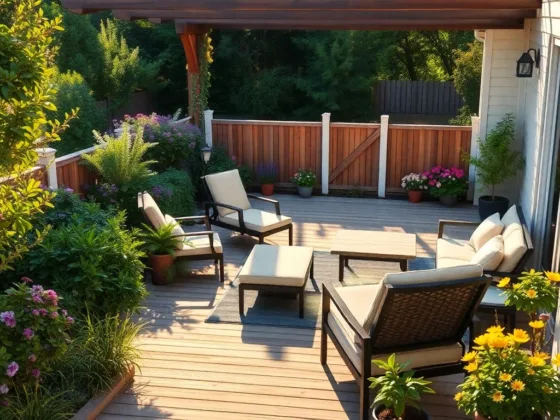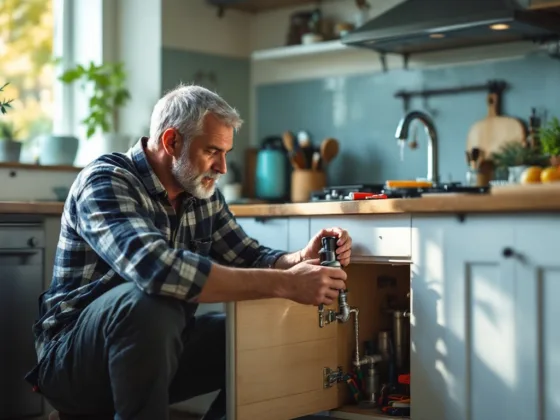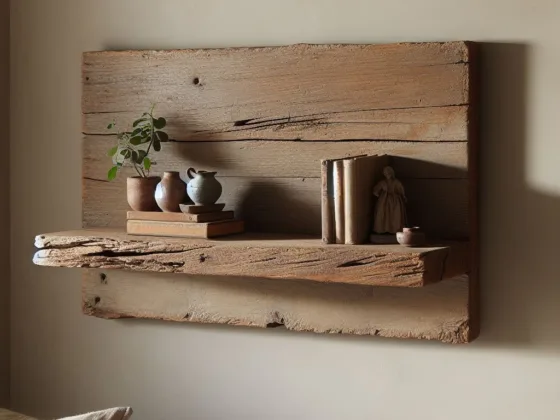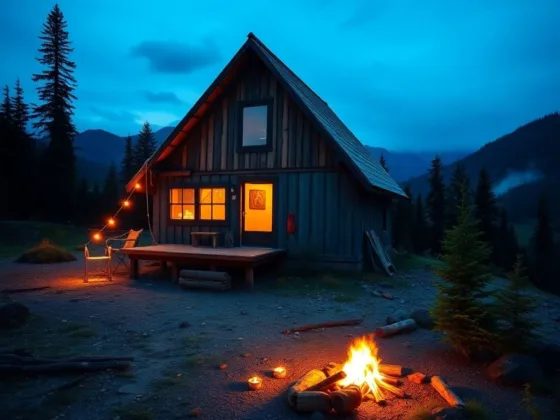Table of Contents Show
In Texas, you can see a large diversity of birds in your own backyard. Instead of trying to get a picture of them when they are flying past, you can invite them to stay for a while so you have a better chance at a stellar picture.
Attract the Birds You Want to Watch and Photograph with Housing, Food and Water

Birdwatching 101
When you put up a birdhouse or nest box, it doesn’t ensure you will attract backyard birds that you can view from your living room. Some birds don’t use houses or nesting boxes, although there is a long list of birds in Texas that do.
Read Also:
Providing Food
By providing food to attract birds to your home and a birdhouse or nesting box, the birds of choice will stop in and stay nearby instead of just flying by at top speed. When birds are nesting, they always choose an area with plenty food sources so they can easily feed their chicks without straying far from them.
You can provide some natural foods such as grasses and seed bearing flowers for a nutritious diet in your backyard landscaping. Any of the seeds that the birds miss can replant themselves and multiply making a perpetual feeding station. Berry bushes are a great choice for birds with a sweet tooth and fruit trees can bear large crops that you and all of your backyard birds can share.
Providing Water
To be a successful backyard bird watcher, you will also need to provide a water source for your feathered friends. You can add a simple birdbath to your landscape or a birdbath fountain, which is even more attractive to birds of all kinds because they hear the water splashing. In the warm summer, birds love to have a bath in the cool water that recirculates in a fountain and their splashing sounds will attract even more birds.
Providing Shelter
All types of nesting birds are attracted to birdhouses and nesting boxes. In addition, providing evergreen trees and a variety of native plants will make your yard the most attractive area. They will use plants, bits of leaves and twigs to add to their house or nesting box to keep the baby birds warm and snuggly when they hatch.
An alternative to a next box or birdhouse is to add some thick shrubs to your landscape design, as many birds make nests in them as a natural habitat that is safe from annoying feline predators. Some great additions include dogwood, holly, sage and willow.
Choosing the Best Birdhouse
Birds prefer different birdhouse sizes and styles. The birdhouse needs to have the right size hole to attract the birds you want to watch. If the hole is too large, larger predator birds can invade the smaller birds and in turn, a hole that is too small will prevent the birds you want to welcome from entering your birdhouse. Here are some examples of the hole sizes for common Texas backyard birds:
- The Screech-Owl-3 inches
- The Barn Owl-6 inches
- Woodpeckers-1 1/4 inches
- House Finches- 2 inches
- Purple Martin- 2 1/2 inches
- Tree Swallow-1 3/8 inches
Choose the Overall Size
The interior floor space and height needs to be appropriate for the birds it will attract. A house that is too large won’t keep baby birds warm and a house that is too small can smother them soon after they hatch. Here are some common dimensions for birds in Texas:
Eastern Bluebird

The floor should be 5 1/2 inches square with a depth of 10 inches and the top of the hole should be 8.75 inches above the floor.
Carolina Chickadee

The floor should be 4 inches square with a depth of 8 to 10 inches and the top of the entrance hole should be 6 to 8 inches from the floor.
Wrens
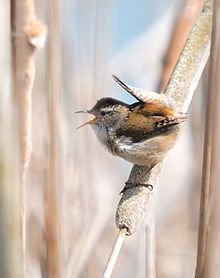
The floor should be 4 inches square with a depth of 6 to 8 inches and the entrance at the top 1 to 6 inches above the floor.
Woodpeckers
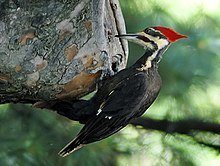
The floor should be 6 inches square with a depth of 12 inches and the entrance hold should be 10 inches above the floor.
Barn Owls

The floor should be 10 by 18 inches with a depth of 15 to 18 inches and the entrance hole should be 4 inches from the floor.
Bird House Height
You will also need to hang your birdhouse at the correct height for the types of birds you want to attract. The eastern bluebird prefers mounting at least 5 feet above the ground on a metal pole. If you put your birdhouse in a tree, on a wooden post or a t-post they won’t use the house. The chickadee is not very particular and a birdhouse for them can be from 4 1o 15 feet above the ground.
Wrens prefer a house that is from 6 to 10 feet above ground. Woodpeckers prefer a house that is somewhere between 10 and 20 feet above the ground. Barns owls prefer their houses to be 12 to 18 feet above ground and screech owls like to soar high with their home a whopping 10 to 30 feet off the ground.
Other Considerations
If you have large plate glass windows, move your birdhouse as far away from these windows as possible. Many birds don’t realize they are windows and will fly into them then fall to the ground and are injured or they may even die from severe internal injuries.
Avoid pesticides to allow protection to the backyard birds and allow them to feed on insects that round out their diet and are nutritious. Allow spider webs to remain in your landscape, as the silken webs are a favorite of all types of birds to add to their nest or house.
Remember that nesting birds require privacy while sitting on their eggs. After you attract several birds to your backyard, move the nest box or birdhouse away from the highest traffic areas in your landscape.
Birdwatching is a great hobby for the young, old and everyone in between. The satisfaction you get from making your lawn attractive to wild birds is huge in comparison of the planning you do in advance. There is no other feeling quite like seeing baby birds attempt their first flight as they perch on the hole in the birdhouse and flap their wings, then soar through the sky.






